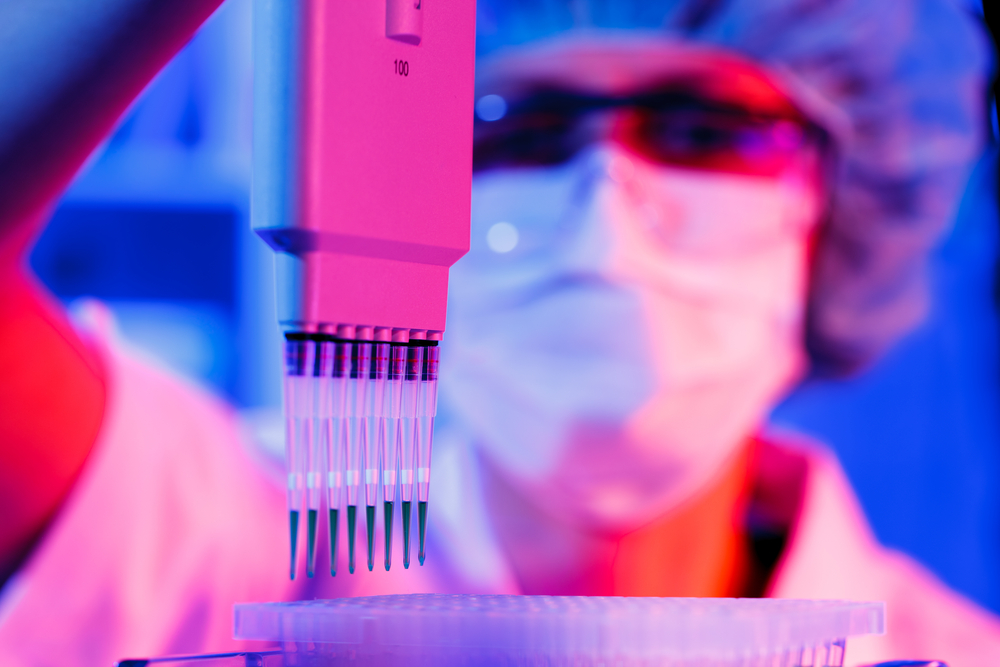Genetic ‘Checkpoint’ Model Could Lead to New Therapies for DMD, Research Suggests

Researchers have developed a new “checkpoint” model that may be used to discover potential therapies for disorders such as Duchenne muscular dystrophy (DMD) and cystic fibrosis.
The research, “Aminoglycoside-mediated promotion of translation readthrough occurs through a non-stochastic mechanism that competes with translation termination,” was published in the journal Human Molecular Genetics.
These genetic disorders can be caused by a “nonsense” DNA mutation, which is a particular type of mutation that consists of a premature instruction in a gene to stop the conversion of DNA into proteins (gene expression). The mutation may lead to no production of the protein, or to an abnormal protein that will not function normally.
The aim of many of the drugs still being developed is to increase the production of these proteins. Specifically, they make the cellular machinery used in gene expression less sensitive to the problematic “stop” signals (a process called read-through). The drug needs to bypass the stop instruction only once to be useful in the treatment of these genetic disorders.
Importantly, this new model may be a tool in the development of screening tests for genes and chemical compounds. The research team, from the University of Bradford in the U.K., believes it may help improve identification of potential targets for drug development.
“Our model acts like a simple roadside checkpoint. Compounds which can fulfill certain criteria will enable some proteins to get past the premature stop signal. Even a small amount of the right proteins would be enough to give some therapeutic protection, and that would lessen the symptoms of the disorder,” Talat Nasim, PhD, a lecturer in therapeutics and the study’s lead author, said in a press release.
The researchers added that the new model does not lead to all stop signals in genes being bypassed. “This would potentially generate proteins with many more mutated amino acids,” Nasim said.
The new model also could help decrease the high costs of drug development in this area, Nasim said. This would be achieved by discarding compounds without therapeutic potential at an earlier stage in the process.
More accurate cell-based screening assays based on this model also were developed. As a result, the scientists already spotted two candidate genes for drug development. In addition, more than 1,000 U.S. Food and Drug Administration (FDA)-approved drugs were screened to evaluate their use in the treatment of these genetic disorders. However, the researchers did not identify any suitable drug.
The team also assessed Translarna (ataluren), a compound developed by PTC Therapeutics, known to increase production of the dystrophin protein in young patients with DMD caused by “nonsense” mutations. The results showed that, unlike what was believed, this compound works by mechanisms other than bypassing premature “stop” signals.
Translarna is available in the U.K. and is recommended for the treatment for young DMD patients with nonsense mutations by the National Institute for Health and Care Excellence (NICE). The drug has conditional approval from the European Medicines Agency. However, in the U.S., the FDA has not approved the drug.






